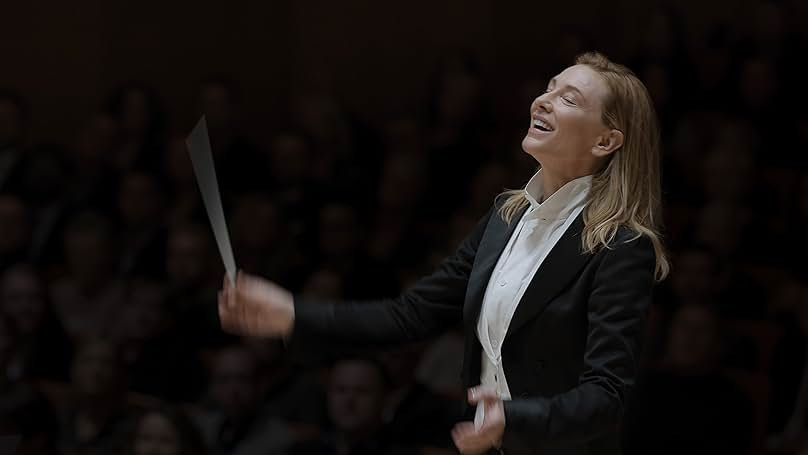
Returning Thursday: Part 2 of The Village That Forgot the Moon — a short story from the world I’ve been building quietly for years.
In Emberreach, the sky has stirred. The well hums. And something long-buried has begun to breath…
Keep reading with a 7-day free trial
Subscribe to New Fiction Press to keep reading this post and get 7 days of free access to the full post archives.


